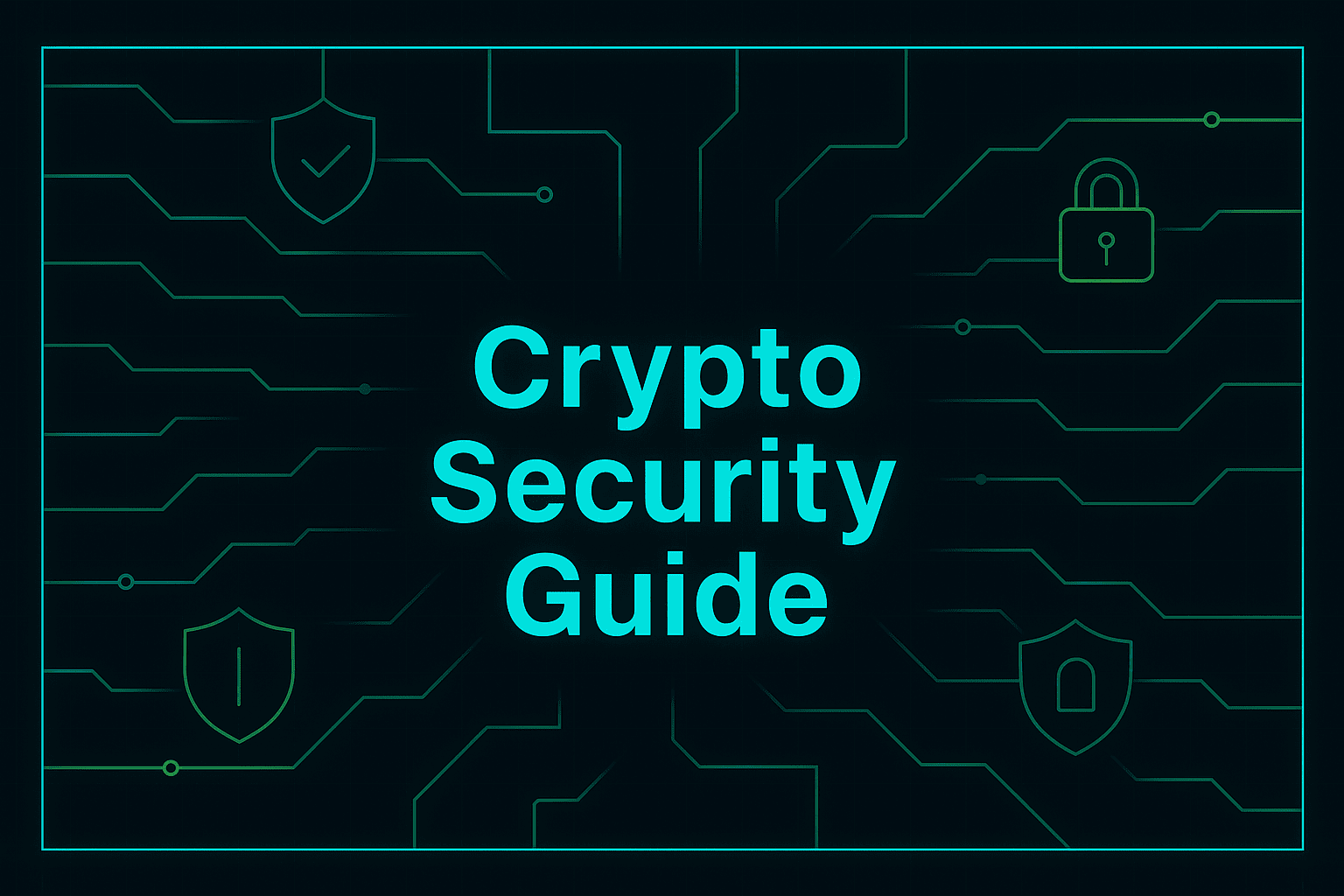Protect Your Crypto Assets: A Guide to Security Against Phishing and Scams
In the world of cryptocurrencies, security is not just a recommendation, but a necessity. Learn how to protect your digital assets from the constantly evolving threats of phishing, scams, and other fraudulent schemes.

The decentralized world of cryptocurrencies opens up immense opportunities, but with them come new risks. Phishing, scams, malicious smart contracts, and other types of fraud constantly threaten your digital assets. To stay safe, it is essential to be informed and take proactive security measures.
Key Threats to Crypto Assets
1. Phishing and Fake Websites
Scammers create exact replicas of popular crypto exchanges, wallets, or DeFi platforms to trick you into revealing your private keys, seed phrases, or login credentials. Always double-check the website's URL and use bookmarks instead of links from emails or messages.
2. Wallet Drainers
These are malicious scripts that, upon connecting to your wallet or signing a transaction, can drain it by transferring all your assets to the attacker's wallet. They often masquerade as legitimate dApps, NFT projects, or airdrops.
3. Scams and Social Engineering
This includes promises of easy money, fake giveaways, "pump-and-dump" schemes, and technical support scams where you are asked for wallet access or personal information.
Practical Steps to Protect Your Crypto Assets
1. Regularly Revoke Permissions (Revoke.cash)
Every time you interact with a smart contract (e.g., approving tokens for a decentralized exchange or NFT marketplace), you grant it permission to access a certain amount of your tokens. If the contract turns out to be malicious or gets compromised, these permissions can be exploited to drain your wallet.
- What to do: Use services like Revoke.cash. This tool allows you to view and revoke all permissions you have granted to smart contracts. Regularly check and revoke unnecessary or suspicious permissions. This is critically important for minimizing risks.
2. Timely Updates of Systems and Applications
Outdated software is an open door for attackers. Updates often include security patches that close known vulnerabilities.
- What to do:
- Operating System: Ensure your OS (Windows, macOS, Linux) is always updated to the latest version.
- Browsers: Use up-to-date versions of browsers (Chrome, Firefox, Brave, etc.), as they often include built-in security features against phishing.
- Crypto Wallets and Extensions: Regularly update your software wallets (e.g., MetaMask) and any associated extensions.
3. Wallet Diversification: Don't Put All Your Eggs in One Basket
Storing all your crypto assets in one wallet increases the risk of losing everything in the event of a hack or phishing attack.
- What to do:
- Hot Wallets: Use them only for small amounts intended for daily transactions or dApp interactions.
- Cold Wallets / Hardware Wallets: For long-term storage of significant amounts, use hardware wallets (Ledger, Trezor). They provide maximum security by keeping your private keys offline.
- Asset Segregation: Distribute your assets across multiple wallets and exchanges to minimize potential damage from a single successful attack.
4. Always Verify Addresses and Signed Transactions
Scammers can use malware to change the recipient's address in the clipboard or spoof transaction details.
- What to do:
- Double-check: Always carefully verify the recipient's address before sending funds, especially the first and last few characters.
- Read Signature Requests: Carefully read all transaction signature requests in your wallet. Make sure you understand exactly what you are approving. Suspicious requests (e.g., for "Set Approval For All" to an unknown contract) could be drainers.
5. Use Two-Factor Authentication (2FA)
2FA adds an extra layer of security to your accounts on exchanges and services.
- What to do: Enable 2FA wherever possible, using authenticator apps (Google Authenticator, Authy) instead of SMS, as SMS-2FA is more vulnerable to interception.
6. Beware of Unexpected Offers and Messages
If an offer seems too good to be true, it probably is.
- What to do: Ignore messages from strangers promising "free" cryptocurrencies or easy earnings. Verify information through official project channels.
Additional Resources for Enhanced Security
Staying informed about the latest threats and security practices is crucial. We recommend exploring resources like the Security Alliance's Malware section for in-depth information on various types of malicious software and how to protect against them. Knowledge is your strongest defense.
"At PhishDestroy, we strive to provide you with the tools and knowledge to stay safe in the digital world. Remember, your vigilance is your first and best line of defense."
Protecting your crypto assets requires constant attention and proactive measures. By following these recommendations, you will significantly reduce the risks of falling victim to scammers and can navigate the world of decentralized finance with greater confidence.